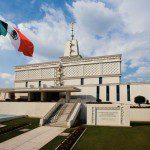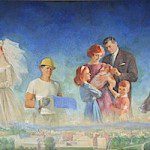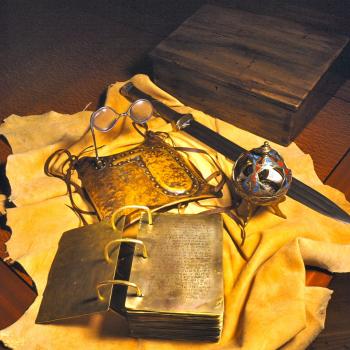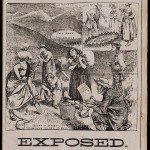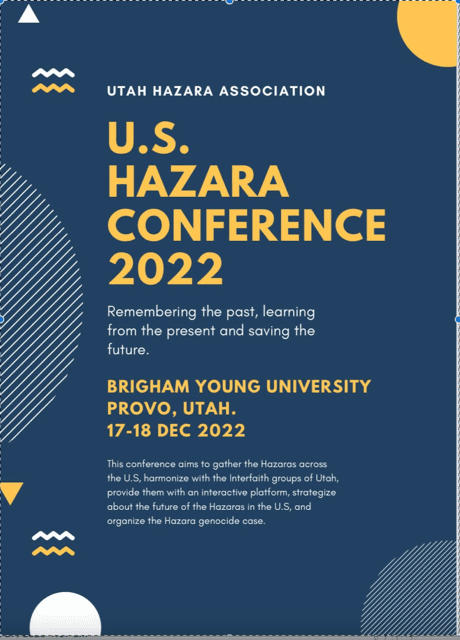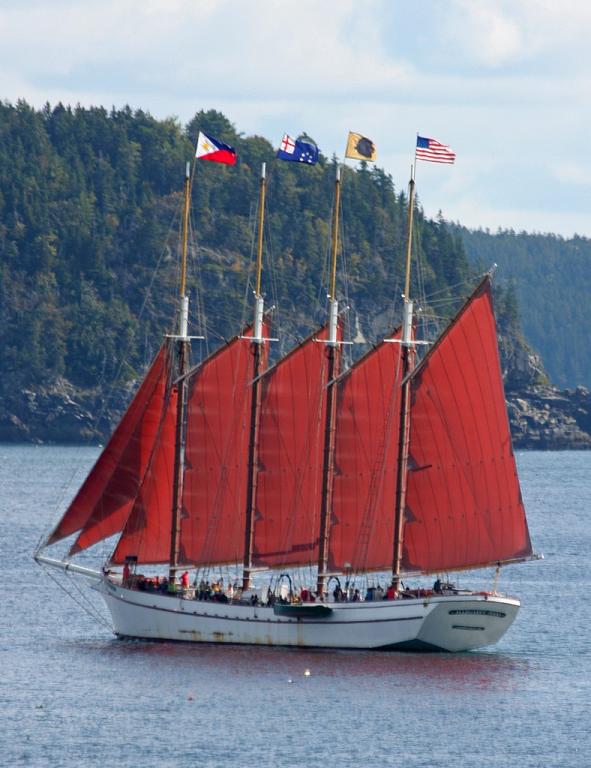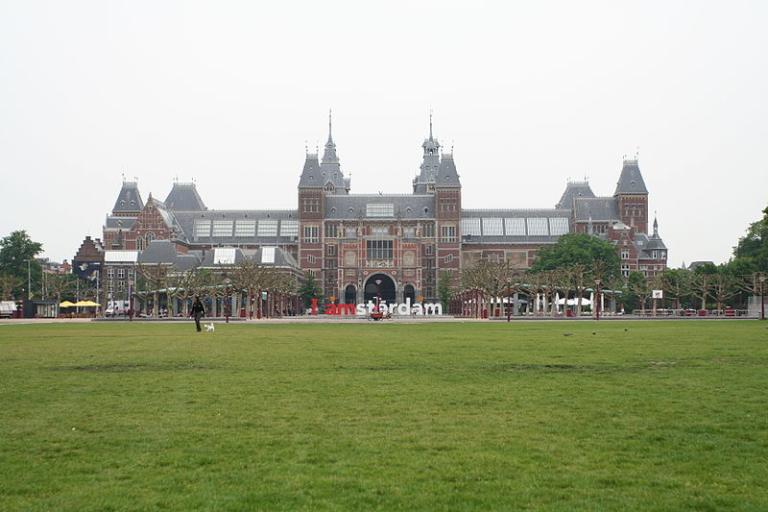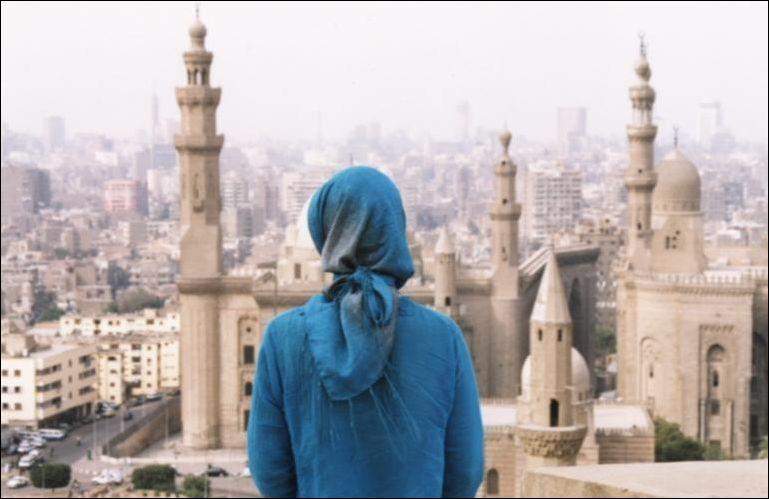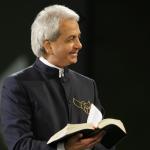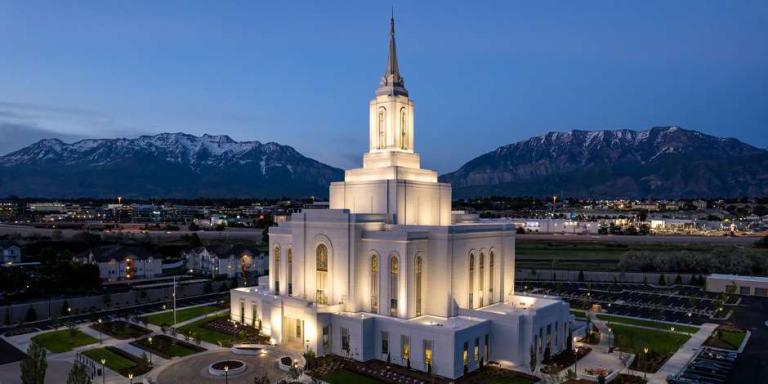
Those members of the board of the Interpreter Foundation who were able to do so spent most of today together (or, in one case, with us via Zoom) in a board retreat. It was the first such meeting that we’ve ever had, and it was a good opportunity to discuss the strengths and weaknesses of the organization, the opportunities that are presenting themselves to it and the potential challenges that it faces. Typically, over the past twelve years, the pace has been rather frenetic, and we’ve been more concerned with the alligators currently nipping at our ankles than with long-term planning. We’re hoping that this sort of gathering will become an intermittent practice of the Foundation’s leadership, at not too-distant intervals. Last night, those of us who could do so had dinner together and then proceeded to the Orem Utah Temple to perform ordinance work there. It seemed — and it was — a good way to prepare for today’s retreat.
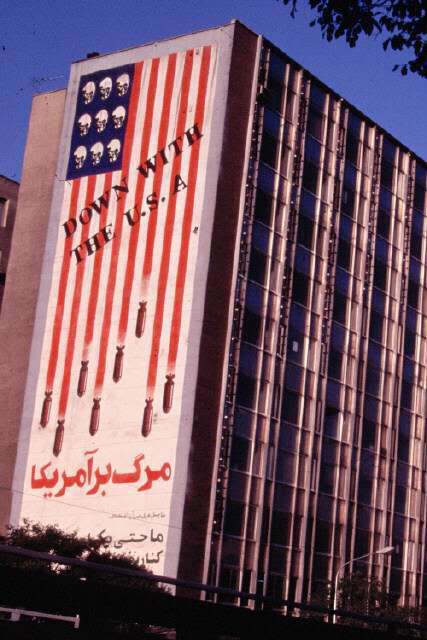
I was looking for something else last night, but I came across something that surprised me just a bit. I don’t recall what I wrote it for, or whether it was ever published anywhere. But it struck me as something of a “time capsule.”
Here’s the background: Back in 1999 — almost exactly twenty-five years ago — I participated as a guest of the Islamic Republic of Iran in a symposium called the “World Conference on Mulla Sadra.” It was held at the meeting hall of the Organization of the Islamic Conference, in Tehran, Iran. I delivered a paper titled “Salvation as Ascension” there on 24 May 1999.
Here’s the little item that I found. (I thought that somebody out there might find it of at least slight interest.) Although it speaks in the third person, I was there and every experience that it mentions was mine:
Forty American scholars and philosophers spent half of May gathered with local counterparts as guests of the Islamic Republic of Iran to honor an important seventeenth-century Iranian thinker. The World Congress on Mulla Sadra, as it was billed, blended a multilingual academic conference with obvious public relations goals, and clearly exhibited the tensions between moderates and hard-liners within the Iranian government today.
The scholars were treated with deference that they never enjoy at home. It began with a well-provisioned reception by government officials and television cameras in the VIP lounge of Mehrabad Airport. It continued through several days of meetings in the spectacular hall built for the “Eighth Islamic Summit Conference.” A chartered jet took them to Shiraz, home of great medieval Persian poets, where they were presented candy and roses at the airport and the provincial governor addressed them, and to the ancient capital city, Persepolis. Everywhere, they traveled in police-escorted convoys, passing unimpeded through busy urban intersections while saluting soldiers held other traffic back.
Among the unmistakable intentions of the conference, whose price tag exceeded ten million dollars, were reduction of Iran’s international isolation, improvement of its public image with Westerners, and proselytism for Islam and the Islamic Revolution.
The scholars were taken to Reza Shah’s opulently self-indulgent summer palace in the foothills of the Elburz Mountains, then to the Ayatollah Khomeini’s austerely simple house. In the adjacent mosque of Hosseinieh Jamaran, a continuous video features Khomeini on his deathbed and the frenzied attempts at resuscitation when his heart stopped. (Repeated close-ups show a flat line on the cardiac monitor). Viewers watch as the family and physicians weep, kiss the corpse’s head, and sew the body into its shroud. An art gallery features paintings of Khomeini weeping over Hossein, the martyred grandson of the Prophet, of angels paying homage to a seated Khomeini, of Khomeini walking among mountain flowers and rising to join the saints in heaven.
Disagreements among Iranian leaders and contradictions within the welcome were, however, unmistakably visible. One elderly clergyman, addressing the opening conference session, warned against “the plots of the foreigners.” Elegant Persian writing above the marble lobby of the Azadi Hotel, the former Hyatt, where the scholars stayed, proclaimed the declaration of “His Holiness Imam Khomeini (peace be upon him),” that “America is the number one enemy of the poor and oppressed people of the earth.” One small group of scholars caught a taxi to the vicinity of the former American embassy, where the surrounding walls remain covered with anti-American slogans and art: “We will make America face a severe defeat—Imam Khomeini.” “When America will praise us, we will mourn.” A painting of the Statue of Liberty bears a skull face and the caption “The Great Satan.” “America is a great country,” said the taxi driver, pointing to the embassy.
President Khatami, a moderate reformer whose election two years ago stunned hard-line ayatollahs, praised Mulla Sadra’s intellectual humility in his welcoming remarks—obviously aimed at his fellow clergy on the platform—and suggested that his audience emulate it. People who think they have a monopoly on God’s truth, he said, and who regard those who disagree with them as enemies of God, abuse religion.
One small group negotiated for two days to attend Catholic services on Sunday. Foreign ministry officials—assuming, probably, that all Americans are secularists and, thus, not expecting religious services—first said it was impossible. Finally, though, a bus took the group to a small church, hidden off a busy street, where they worshiped with perhaps fifty others (virtually all foreigners).
Interactions between Iranians and Westerners were sometimes awkward, and were aggressively chaperoned by government personnel. (“I’m a prisoner,” one man hastily said, glancing warily about.) Iranian students were very well informed about defects in American society such as immorality and violence (Columbine High School), and several blamed them on too much freedom. An American philosopher from New York City praised Mulla Sadra’s brilliance but argued that the great thinker’s system ultimately didn’t hold together. Impassioned respondents flocked to the microphone; one young woman said that, in criticizing him, the professor had “torn [her] heart out.”
Iran is opening again to the outside world, but slowly and ambivalently.
There is much more that could be said about that fascinating trip to Iran. But I think that I’ve posted enough about it for now.
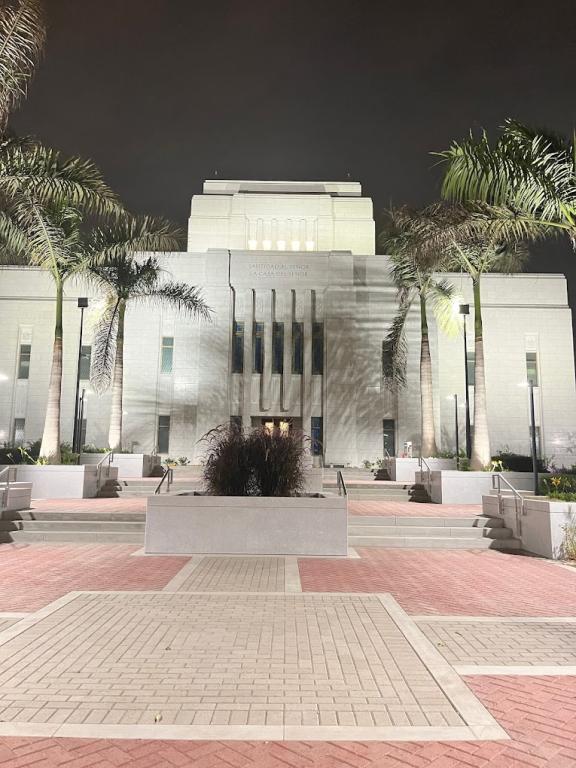
Finally, I share a couple of items that I’ve retrieved for your indignant pleasure from the inexhaustibly aggravating Christopher Hitchens Memorial “How Religion Poisons Everything” File™:
“The Church of Jesus Christ Is Combatting Childhood Anemia in Peru”




